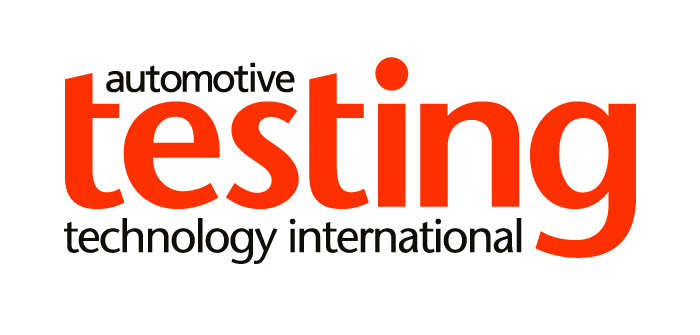In the ever-evolving connected car landscape, new technologies are constantly coming to the forefront, growing at various rates and capacities. AUTOSAR, radar, lidar, automotive grade Linux, V2X, Android, HMI, deep learning, and cameras of all kinds will become staples in every future connected car. As suppliers and OEMs ride the wave of innovation, key ecosystem partners have carved out their own value propositions.
Automotive forums such as Euro NCAP and NHTSA (National Highway Traffic Safety Administration) are driving faster reforms in legislation, mandating the need for safety features in semi- and fully-autonomous vehicles, while OEM initiatives such as Toyota Safety Sense and community-based initiatives such as Vision Zero, are bringing safety features to cars before legislation comes into play.
The Motor Intelligence Report estimates that nearly 75% of the 92 million cars shipped globally will be connected by 2020. When looking at the cost parity between electric vehicles and combustion engine vehicles, car companies and communities are incentivized to achieve or exceed this target in the next 5-10 years across all regions, with an even greater increase in electric car sales beyond 2020.
Europe is expected to lead the way with electric vehicles estimated to make up 30% of its total car sales by the end of 2025. Given the pace of innovation and the amount of work still to be done, it is imperative that the entire supply chain is actively and heavily engaged in making the technological transition within the required timeframe.
Arriving at the right technological solution is not simple when considering the challenges associated with achieving ideal safety, including environmental conditions, human behavior, and costs in different regional markets.
Another hurdle is the high cost of the vehicles, which makes the technology accessible only to a very niche consumer base. To solve this problem, a variety of ownership models are being considered to ensure these vehicles are widely available. Companies like Waymo and Uber are envisioning a lease program, which would give a larger number of consumers the opportunity to use driverless cars.
Implementing the technology involves multiple technical considerations, from the ASICs, automotive specific hardware board design with interference protection, power management, embedded software, application software, IoT, through to the cloud analytics – which must be combined in an ISO26262 compliant system.
All these elements must to work together harmoniously as a reliable, robust system, hence it is critical they are not developed independently of each other.
![]() Vasant Easwaran is a senior manager, automotive solutions, at Cyient Semiconductor, IoT and analytics business unit. He has experience of delivering end-to-end automotive solutions, from custom ASICs, AUTOSAR with ISO26262, automotive board design, ADAS framework, computer vision algorithms, complete system validation and manufacturing.
Vasant Easwaran is a senior manager, automotive solutions, at Cyient Semiconductor, IoT and analytics business unit. He has experience of delivering end-to-end automotive solutions, from custom ASICs, AUTOSAR with ISO26262, automotive board design, ADAS framework, computer vision algorithms, complete system validation and manufacturing.


